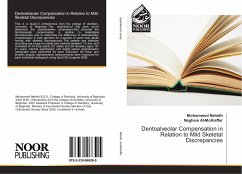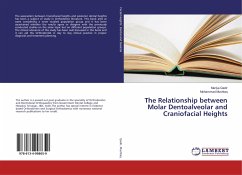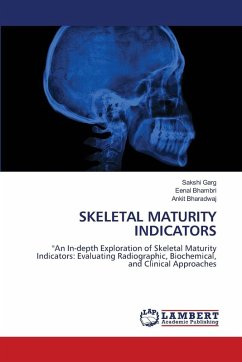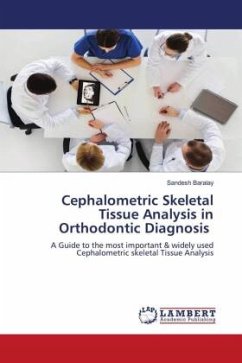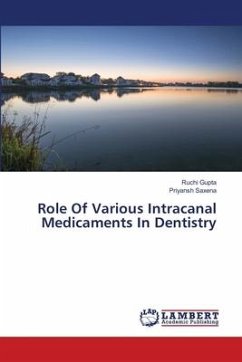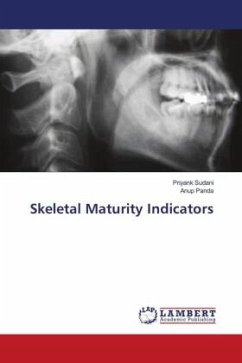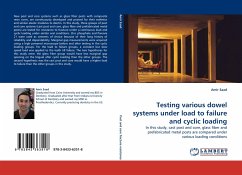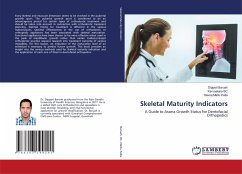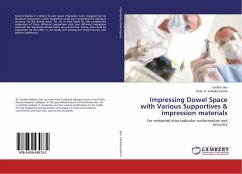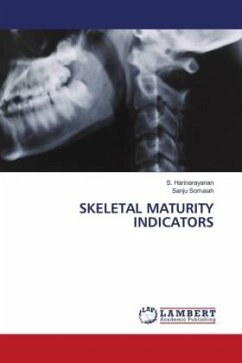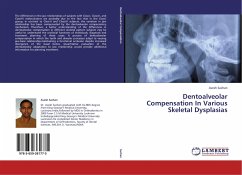
Dentoalveolar Compensation In Various Skeletal Dysplasias
Versandkostenfrei!
Versandfertig in 6-10 Tagen
41,99 €
inkl. MwSt.

PAYBACK Punkte
21 °P sammeln!
The differences in the jaw relationships of subjects with Class-I, Class-II, and Class-III malocclusions are probably due to the fact that in the Class-I group, in contrast to Class-II and Class-III subjects, the variation in jaw relationship has been compensated by the dentoalveolar compensatory mechanism. Therefore, a better understanding of the differences in dentoalveolar compensation in different skeletal pattern subjects may be useful to understand the orofacial functions of individuals, diagnosis and treatment planning of these cases. A process of dentoalveolar compensation in which the...
The differences in the jaw relationships of subjects with Class-I, Class-II, and Class-III malocclusions are probably due to the fact that in the Class-I group, in contrast to Class-II and Class-III subjects, the variation in jaw relationship has been compensated by the dentoalveolar compensatory mechanism. Therefore, a better understanding of the differences in dentoalveolar compensation in different skeletal pattern subjects may be useful to understand the orofacial functions of individuals, diagnosis and treatment planning of these cases. A process of dentoalveolar compensation in which the teeth and alveolar processes adapt to varying jaw-base relationship,maintaining a functional occlusion despite increased divergence of the basal bones. Quantitative evaluation of the dentoalveolar adaptation to jaw relationship would provide additional information for planning treatment.



